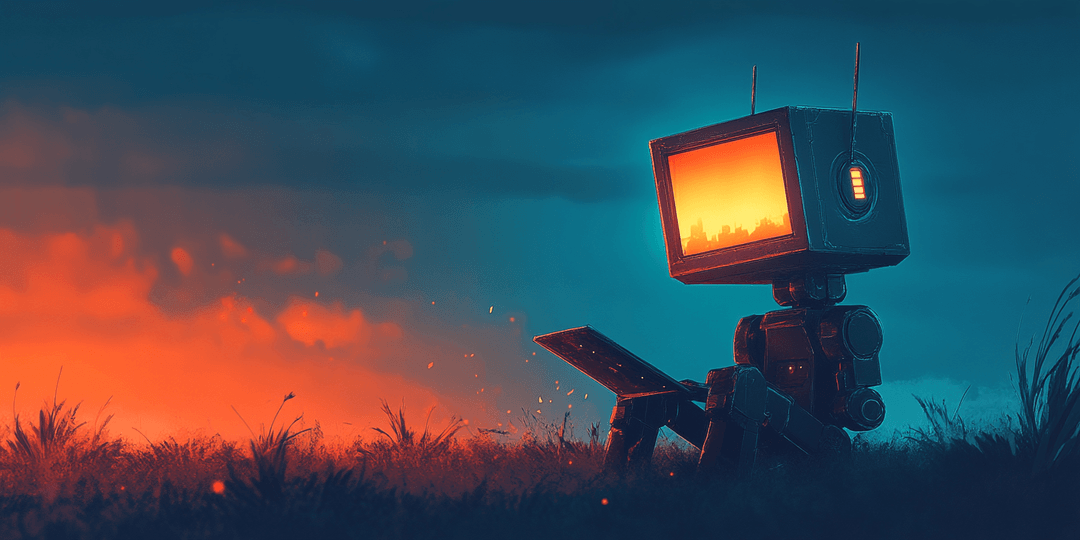When o1 was released, I wrote that internal reasoning - even iterative reasoning - didn’t represent agentic behavior. I defined an agent as requiring iterative interactions with the external world: perceiving the environment, taking actions, observing outcomes, and adjusting accordingly. With Anthropic’s release of their new “computer use” feature, we’re seeing exactly this kind of genuine agency in action.
Why This Is Different
The fundamental difference isn’t in the complexity of the tasks or the sophistication of the AI - it’s in the presence of a real-world feedback loop. When an AI reasons internally, it can refine its thinking and generate better answers, but it’s still operating in a closed system of its own knowledge and patterns. In contrast, Anthropic’s agent actually interacts with computer systems, observes the results of its actions, and adjusts its behavior based on what really happened, not what it predicted would happen.
This is what makes it a true agent. When operating a computer:
- It perceives the environment through screenshots, understanding complex visual interfaces
- It translates high-level goals into specific actions (mouse movements, keyboard inputs)
- It observes the results of those actions through new screenshots
- It adjusts its strategy based on what it learns from those results
Governing Real-World Agency
This shift from reasoning to real-world agency demands entirely new frameworks for defining and controlling AI behavior. With pure reasoning systems, we could focus on input filtering and output validation. But with true agents that learn and adapt through interaction, we need systems that can:
- Define acceptable boundaries of exploration - how do we let agents learn from their mistakes without causing harm?
- Monitor behavioral patterns, not just outputs - when an agent develops a new strategy through real-world interaction, how do we evaluate if it’s safe and appropriate?
- Establish clear lines of responsibility - when an agent makes decisions based on its own observations and learning, who is accountable for the outcomes?
The traditional approach of treating AI systems as deterministic tools breaks down here. We need frameworks that can handle emergent behavior while maintaining meaningful human oversight. This isn’t just about safety guardrails - it’s about developing new ways to specify goals and expectations for systems that can discover novel approaches to achieving them.
Looking Forward
The development of true AI agents is a watershed moment that demands new thinking about AI governance. We need frameworks that can balance the benefits of autonomous learning and adaptation with the need for predictability and control. This isn’t just a technical challenge - it’s a fundamental shift in how we think about AI systems and their relationship to the world they operate in.
The question isn’t whether we should build AI agents - the horse is wayyyy out of the barn. The question is how we develop the systems of governance and control that will let us harness their capabilities safely and effectively. This is the next great challenge in AI development.
